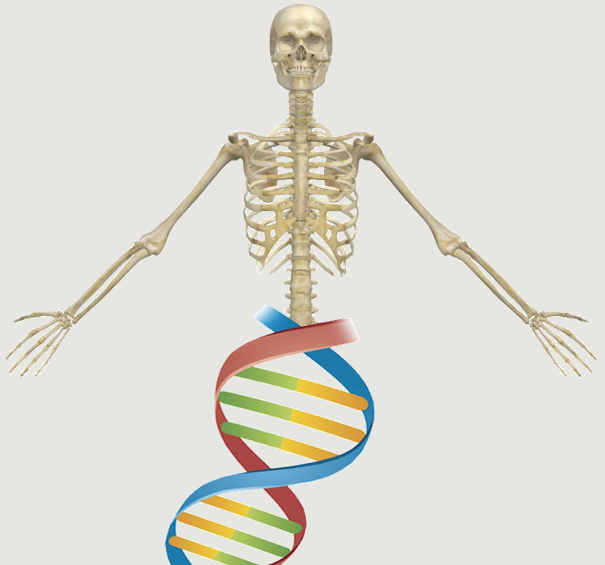Citation:
Abstract:
PURPOSE: Low pH is associated with intervertebral disc (IVD)-generated low back pain (LBP). The purpose of this work was to develop an in vivo pH level-dependent magnetic resonance imaging (MRI) method for detecting discogenic LBP, without using exogenous contrast agents. METHODS: The ratio of R1rho dispersion and chemical exchange saturation transfer (CEST) (RROC) was used for pH-level dependent imaging of the IVD while eliminating the effect of labile proton concentration. The technique was validated by numerical simulations and studies on phantoms and ex vivo porcine spines. Four male (ages 42.8 +/- 18.3) and two female patients (ages 55.5 +/- 2.1) with LBP and scheduled for discography were examined with the method on a 3.0 Tesla MR scanner. RROC measurements were compared with discography outcomes using paired t-test. RESULTS: Simulation and phantom results indicated RROC is a concentration independent and pH level-dependent technique. Porcine spine study results found higher RROC value was related to lower pH level. Painful discs based on discography had significant higher RROC values than those with negative diagnosis (P < 0.05). CONCLUSION: RROC imaging is a promising pH level dependent MRI technique that has the potential to be a noninvasive imaging tool to detect painful IVDs in vivo.
Notes:
1522-2594 Liu, Qi Tawackoli, Wafa Pelled, Gadi Fan, Zhaoyang Jin, Ning Natsuaki, Yutaka Bi, Xiaoming Gart, Avrom Bae, Hyun Gazit, Dan Li, Debiao R01 AR066517/AR/NIAMS NIH HHS/United States Journal Article United States Magn Reson Med. 2015 Mar;73(3):1196-205. doi: 10.1002/mrm.25186. Epub 2014 Apr 2.

